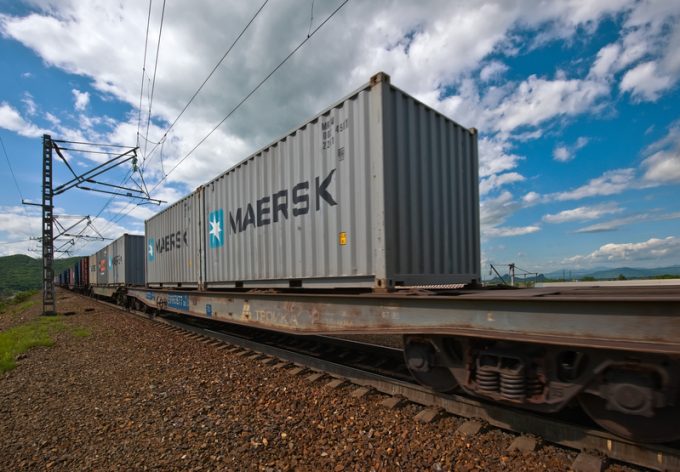DHL Global Forwarding – changing of the guard with Tim Scharwath set to exit
On and off the merry-go-round

Maersk’s move to insert a land link into its service from Oceania to the US east coast, to bypass the Panama Canal, looks promising for forwarders, provided capacity stays ahead of demand.
The carrier announced last week that its OC1 service would ...


Comment on this article